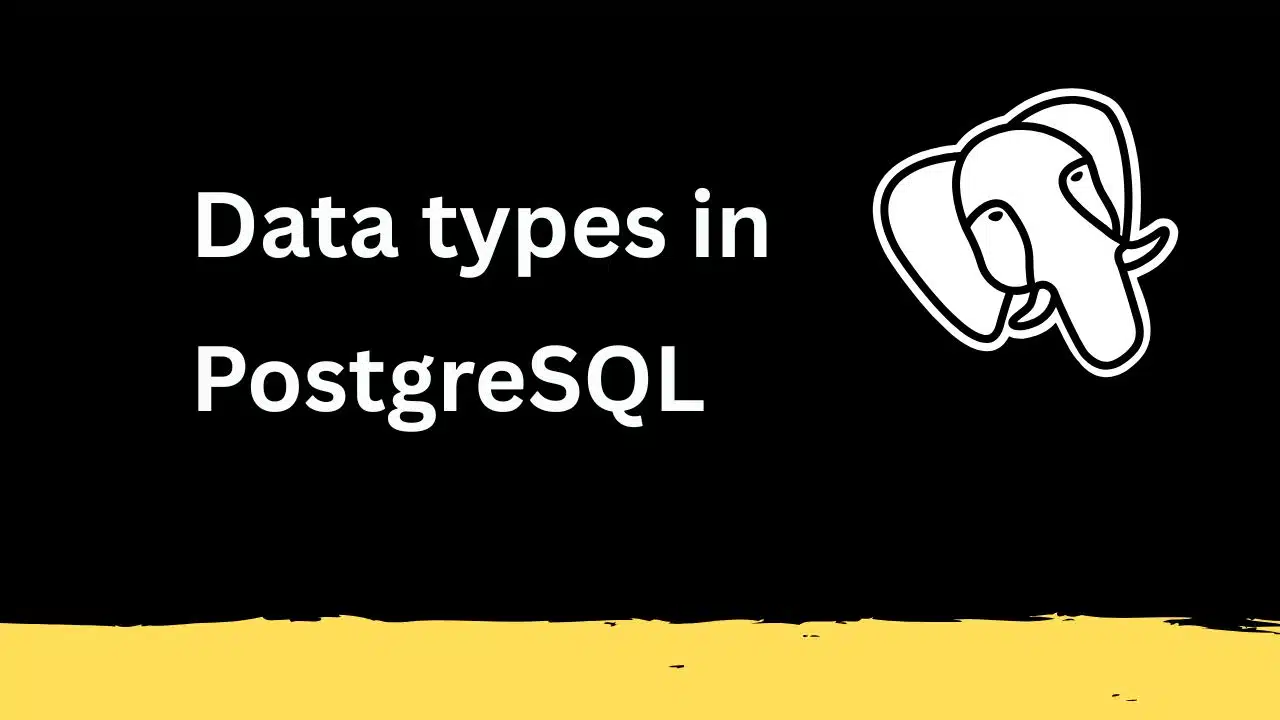Data types in PostgreSQL
Data types
When working with databases, understanding data types is fundamental. PostgreSQL, one of the most powerful open-source databases, offers a rich variety of data types that help manage and store data efficiently. Whether you’re learning through Postgres database training or working in real-world environments, knowing how data types work — especially from text to JSONB — can greatly enhance your database design and query performance.
1. The Basics – Text Data in PostgreSQL
The TEXT data type is one of the most commonly used in PostgreSQL. It allows you to store variable-length strings without a predefined limit.
TEXT is simple yet flexible. However, when you start working with structured data such as JSON or API responses, TEXT alone isn’t enough.
2. The Rise of JSON and JSONB in PostgreSQL
PostgreSQL introduced JSON support in version 9.2 and later added JSONB (Binary JSON) in version 9.4.
While JSON stores data as plain text, JSONB stores it in a binary format, allowing faster access, indexing, and searching.
Example:
Insert JSON data:
3. Working with JSON Data
With PostgreSQL’s JSON and JSONB functions, you can easily query nested JSON data:
Or filter data:
This flexibility makes PostgreSQL an excellent choice for semi-structured and dynamic data management — especially useful when learning text to JSON transformations during Postgres database training.
4. TEXT vs JSONB – Key Differences
| Feature | TEXT | JSONB |
|---|---|---|
| Storage | Plain text | Binary (optimized) |
| Querying | Requires parsing | Direct indexing supported |
| Performance | Slower for JSON operations | Faster and efficient |
| Validation | None | Validates JSON structure |
If you’re working with JSON data frequently, always prefer JSONB for better performance and indexing capabilities.
5. When to Use TEXT vs JSONB
-
✅ Use TEXT for simple unstructured data like descriptions, notes, or logs.
-
✅ Use JSONB for structured, flexible data like configurations, user profiles, or logs from APIs.
With the growing popularity of data-driven applications, learning to handle text to JSON transformations in PostgreSQL is becoming a must-have skill for every data professional.
Conclusion
Archive Mode in PostgreSQL is more than just a backup feature — it’s the foundation of a reliable recovery strategy. Whether you’re learning through a PostgreSQL Course, practicing via a PostgreSQL Learn Online module, or advancing your skills to Learn PostgreSQL DBA, mastering this configuration ensures your data remains safe, consistent, and recoverable at all times.
Continuous learning and hands-on implementation are key to becoming a confident PostgreSQL professional.
At Learnomate Technologies, we make sure you not only understand such cutting-edge features but also know how to implement them in real-world projects. Whether you’re a beginner looking to break into the database world or an experienced professional upgrading your skillset—we’ve got your back with the most practical, hands-on training in Oracle technologies.








Let’s keep learning, exploring, and growing together. Because staying curious is the first step to staying ahead.
Happy learning!
ANKUSH







